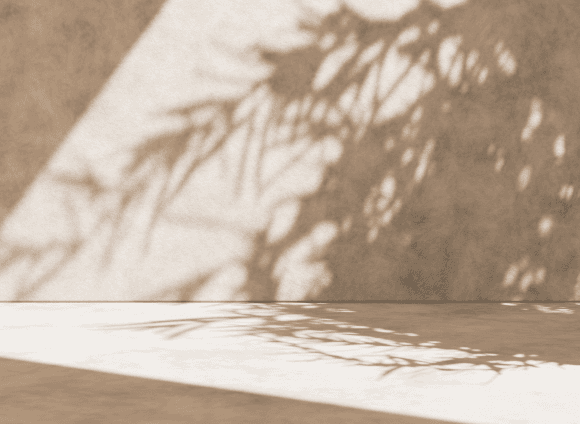The different types of pergolas
Would you like to add a touch of style to your exterior with a pergola? But are you hesitating between all the different types of pergolas available? What material should you choose for the structure and slats? Which configuration best suits your environment? In this article, you'll find concrete explanations of all types of pergolas. So you can choose the model that best suits your project and your property.

Aluminium pergolas
Aluminum is the most versatile material for a bioclimatic pergola. Modular and lightweight, it can be used to create an outdoor space tailored to your dimensions and project. A top-of-the-range material, aluminum stands the test of time.
With adjustable slats
Adjustable slats give aluminum pergolas a unique and distinctive style. They provide effective protection against the elements and the sun's rays. They also provide natural air ventilation to combat the greenhouse effect. Manual or motorized, the removable slats can be adjusted in stages for total control of light and shade.
With retractable blades
Discover the retractable blades of Biossun's E-Motion pergola. Thanks to a patented system, the slats fold with each other. Enjoy an 87% unobstructed view of the sky and admire the stars in midsummer. A unique and extraordinary experience awaits you with the E-Motion aluminum pergola.
Wooden pergola
Covered with plants, the wooden pergola blends perfectly with old or rustic homes. From old stone to exposed beams, wood brings a warm, natural touch to your home. However, it requires more maintenance than other materials such as aluminum or steel. The use of a specific treatment is essential to repel fungi and insects.
Steel pergola
A steel pergola brings an innovative, modern design to your exterior. Strong and sturdy, steel has the advantage of withstanding everyday weather conditions. Both steel and aluminum are extremely durable. However, it should be noted that steel is a heavy material. More extensive masonry work is therefore required to ensure the structure's stability on the ground.
Canvas pergolas
Looking for the technical features of an awning and the strength of an aluminum frame? Choose a pergola with a roll-up or retractable awning. Manual or motorized, the canvas unfolds and folds to suit your needs. Taut, it provides protection from the sun and heat in midsummer. Retracted, the canvas offers maximum light on your terrace.
Some models, like our Bio PM pergola, are also equipped with a rain sensor. At the slightest downpour, the cover automatically retracts, protecting it from damage in the event of a storm. Customizable, our pergola covers are available in a wide range of colors and finishes to match your exterior.
What configuration should I choose for my pergola?
A pergola can be installed in a number of ways. It can be freestanding or leaning against the wall of your home. Discover the differences between these two installation methods.
Freestanding pergola
The structure of a freestanding pergola consists of four load-bearing posts. Installed in the heart of your garden or beside your pool, it protects you from the sun and bad weather. The free-standing island pergola allows you to create a specific design, distinct from the architectural style of your home. The combination of parallel and perpendicular slats on the roof creates a unique visual effect.
Lean-to pergola
A true extension of your home, the wall-mounted pergola is attached in part to a wall. The other side of the frame rests on two pillars. This configuration generally requires less construction work than an island pergola. It also stands out for its thermal properties. Attached to the facade, it regulates the temperature inside the adjoining room in both winter and summer. This aesthetic and functional bioclimatic solution saves energy.

